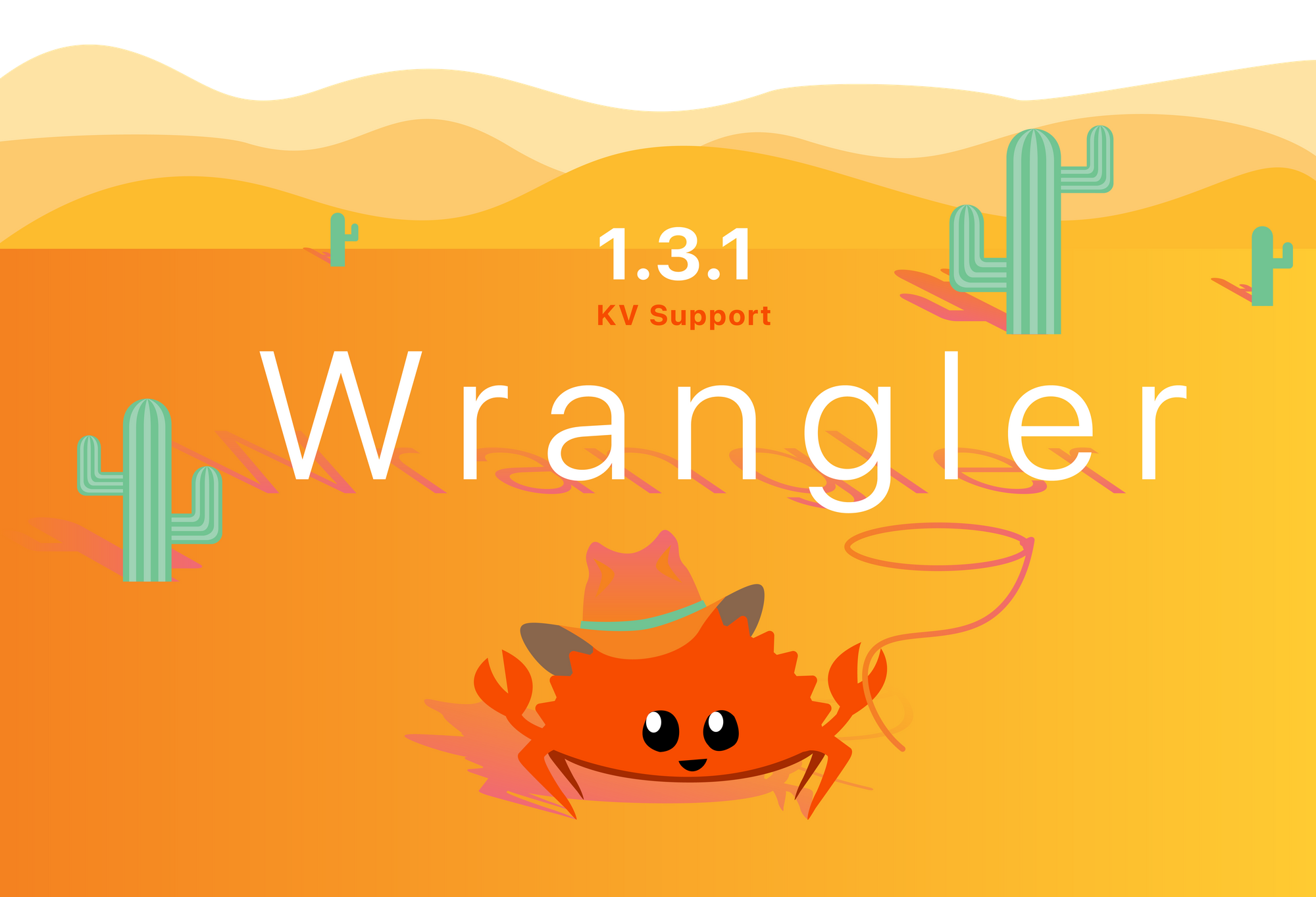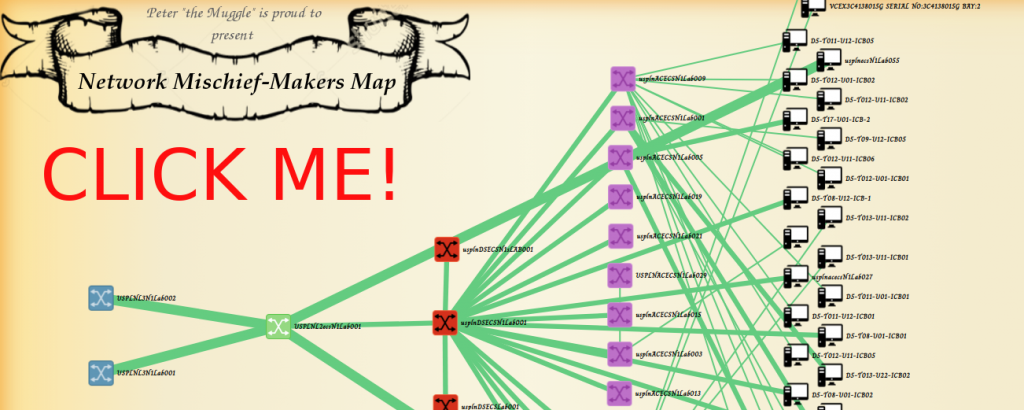Testing at Juniper NXTWORK
Earlier this week I did a post on Juniper NXTWORK and talked about the event. There is a lot going …
The post Testing at Juniper NXTWORK appeared first on Fryguy's Blog.
DC 14. Real case of using ZTP to setup Mellanox SN 2010 with Cumulus Linux.
Hello my friend,
Earlier in this year we’ve discussed zero touch provisioning using the Data Centre Fabric Enabler Infrastructure. As always in my articles, I’ve used wonderful VM images, which are freely available on the Internet. Nevertheless, when you deal with real boxes, various caveats might arise. Today we’ll review how to bring Mellanox switch SN 2010 to the operational state running Cumulus Linux using the ZTP framework I’ve already created.

2
3
4
5
retrieval system, or transmitted in any form or by any
means, electronic, mechanical or photocopying, recording,
or otherwise, for commercial purposes without the
prior permission of the author.
Thanks
Special thanks for Avi Alkobi from Mellanox and Pete Crocker and Attilla de Groot from Cumulus for providing me the Mellanox switch and Cumulus license for the tests.
Disclaimer
It is always exciting to do something for the first time. I have never written about any particular network device. Mostly because I always separate, as far as it is possible, the relationship between my current employer, which is The Hut Group as of today, and my blog. And this is the justification, why Continue reading
Worth Reading: TCP MSS Values in the Wild
In Never-Ending Story of IP Fragmentation I described how you could use TCP Maximum Segment Size to minimize the impact of IP fragmentation and PMTUD blackholes (more details on TCP MSS clamping)… but one has to wonder how people use TCP MSS in the wild and what values you might see.
As is often the case, Geoff Houston found a way to measure them, and published the answer: TCP MSS Values
AT&T CEO Downplays Threat From Activist Investor Group
AT&T CEO Randall Stephenson described the series of demands made by an activist investor...
GitLab Inhales $268M Series E, Valuation Hits $2.75B
The new valuation inches the company closer to the $7.5 billion Microsoft spent to acquire rival...
[mini-update] Network Topology Visualization #2 – Using SNMP as data source and enhanced visuals
After a longer break, I managed to get back to my small visualization experiment from last time, and improve it a little. Firstly, the NETCONF interface was switched for a more standard SNMP one, even if that is not as cutting edge anymore.
So without keeping you waiting, here is firs the visualization example, as you can see I was playing here a little and got inspired by the Mischief-makers map from Harry Potter. Of course if you do not like the visuals just re-do the CSS to get rid of it.
Also, this time I made the code public using the much more common github.com here.
Usage/Tutorial
Once you download this project from github, you will find several files in the directory, your starting point are the two configuration files called:
- config.ini – holds SNMP configuration like community string and a list of IPs for each network device to be SNMP queried
- pyconfig.py – holds low level configuration on how to visualize the data recieved and how to order the devices detected into layers
Lets start with the config.ini, which is much smaller. Here is an example.
[DEFAULT] SnmpVersion = 2c SnmpCommunityString Continue reading
VMworld US 2019: Networking and Security Recap
VMworld US 2019 has come to a close. If you didn’t attend, don’t worry as we still have VMworld Europe right around the corner. Join us November 4-7, 2019 to hear experts discuss cloud, networking and security, digital workspace, digital trends and more! Register for VMworld Europe now.
Below is a quick recap and resources to check out from VMworld US 2019.
Stats from VMworld US 2019
- For networking and security we delivered 91 Breakout Sessions + 2 Showcase Keynotes
- VMware NSX-T – Getting Started was the second most played video post-VMworld!
- VMware NSX was the #1 attended Hands-On-Lab (HOL), and there was a total of 1,922 labs taken on NSX
- 17,277 NSX networks were created at HOL
- VMware NSX Intelligence won TechTarget’s Best of Show award – Judge’s Choice for Disruptive Technology

Congratulations to our NSX Intelligence team: Anirban Sengupta, Umesh Mahajan, Farzad Ghannadian, Kausum Kumar, Catherine Fan and Ray Budavari.

Surprise guest Michael Dell stopped by the Solutions Exchange to check out demos of what’s new from the networking and security business unit demoed by Chris McCain.
Technical Networking and Security Sessions from VMworld US 2019
Below is a list of sessions that jump into the NSX Continue reading
VMware Adds Oracle to Its Growing Cloud Harem
This means VMware’s software stack will now run on all major public clouds including AWS, Azure,...
Cloudian Welcomes New Edgy Unit, Edgematrix
Cloudian announced the launch of Edgematrix, its edge analytics platform that will use HyperStore...
Arista Updates CloudVision, Integrates With Red Hat Ansible
Arista announced a bevy of upgrades to the company's management plane software, including support...
SK Telecom Boasts 5G Standalone First in South Korea
The operator is no stranger to early adoption — it previously laid claim to the world’s first...
Sri Lanka Chapter Tackles Internet Restrictions and Cybersecurity Threats

Since its establishment nine years ago, the Internet Society Sri Lanka Chapter has been a key stakeholder in ensuring a free, open, and safe Internet in Sri Lanka.
During the 2018 religious riots and the 2019 Easter bombings in Sri Lanka, when access to social media networks and messaging services was blocked, the Sri Lanka Chapter worked closely with government, media, academia, the private sector, and the general public to inform them about the impact of such restrictions on the Internet. In the aftermath of the 2018 religious riots, the Sri Lanka Chapter issued an appeal letter to the Presidential Secretariat on behalf of Internet Society members in Sri Lanka to lift the social media ban. Earlier this year, after the Easter bombings, the Sri Lanka Chapter organized an online meeting to engage in dialogue with different groups, including government and media agencies, informing them about the wide-ranging economic and social consequences of Internet restrictions, and raising the awareness that preventing online access is rarely an effective solution to conflicts and unrest.
In the attempt to control the spread of misinformation and hate speech, and cut off communications between organizers of attacks, the Internet restrictions also prevented people from connecting Continue reading
Facing the Great Reckoning Head-On – danah boyd – Medium

Searing speech from dana boyd. How she keeps on going is amazing to me.
The post Facing the Great Reckoning Head-On – danah boyd – Medium appeared first on EtherealMind.
How We Design Features for Wrangler, the Cloudflare Workers CLI


The most recent update to Wrangler, version 1.3.1, introduces important new features for developers building Cloudflare Workers — from built-in deployment environments to first class support for Workers KV. Wrangler is Cloudflare’s first officially supported CLI. Branching into this field of software has been a novel experience for us engineers and product folks on the Cloudflare Workers team.
As part of the 1.3.1 release, the folks on the Workers Developer Experience team dove into the thought process that goes into building out features for a CLI and thinking like users. Because while we wish building a CLI were as easy as our teammate Avery tweeted...
If I were programming a CLI, I would simply design it in a way that is not controversial and works for every type of user.
— avery harnish (@SmoothAsSkippy) August 28, 2019
… it brings design challenges that many of us have never encountered. To overcome these challenges successfully requires deep empathy for users across the entire team, as well as the ability to address ambiguous questions related to how developers write Workers.
Wrangler, meet Workers KV
Our new KV functionality introduced a host of new features, from creating KV Continue reading
